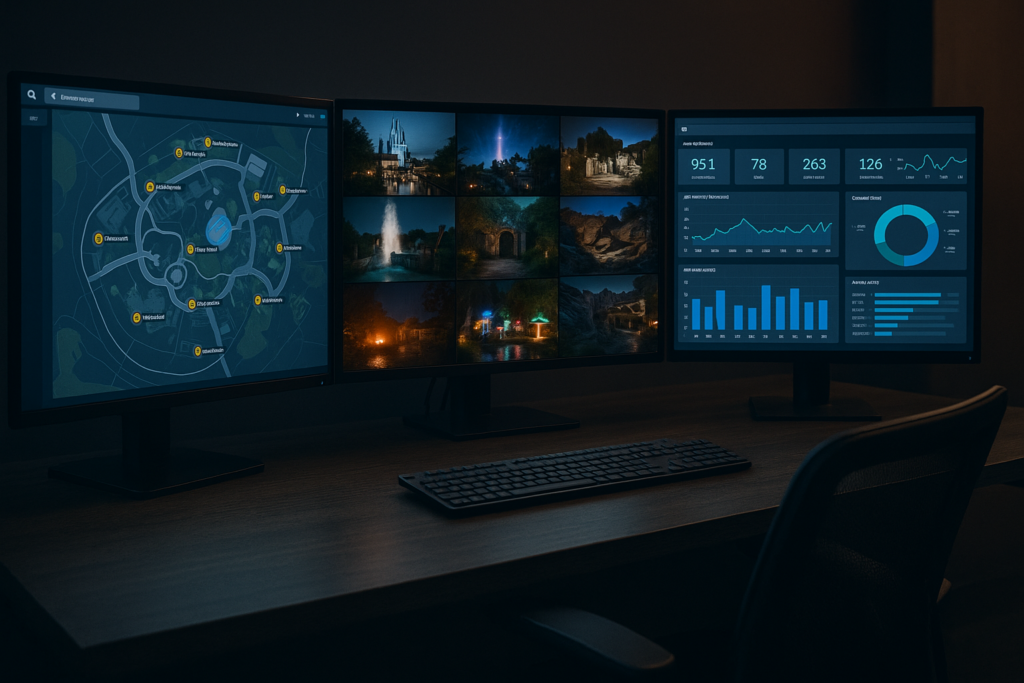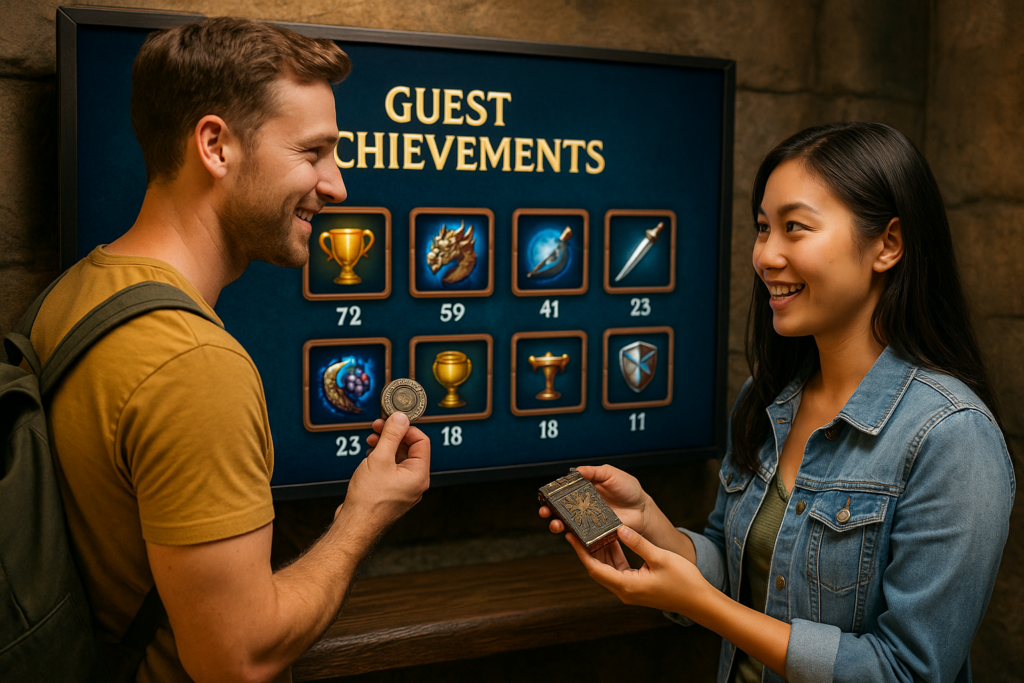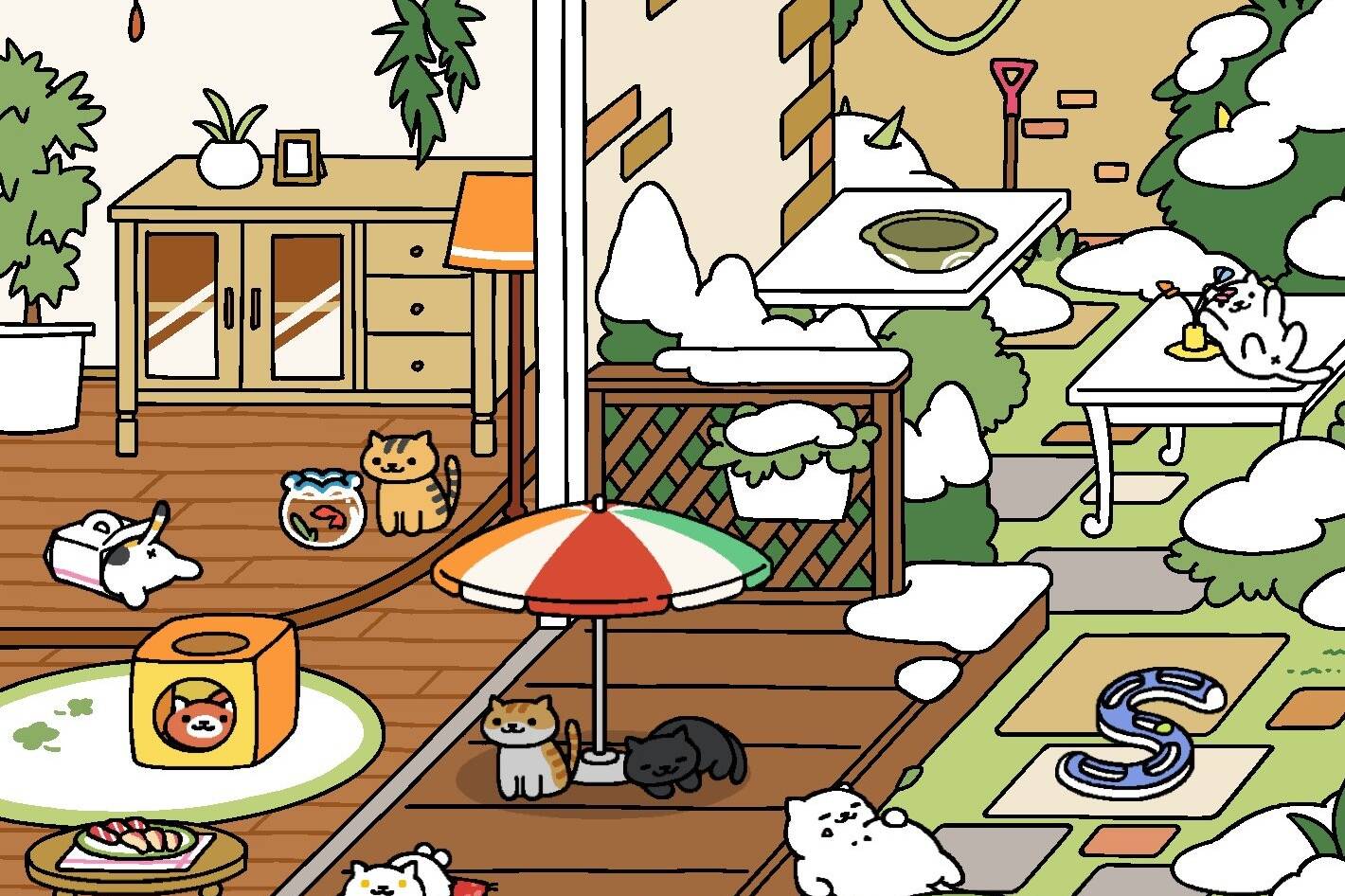Editor’s Note: This post has contributions by Jenny Lim.
In today’s themed entertainment landscape, guests are drawn into immersive adventures that seamlessly blend the physical and digital worlds.
The magic should begin with tangible, real-world interactions, such as tapping a wristband at a hidden checkpoint, triggering a themed prop that springs to life with lights and sounds, or stepping into a zone that unveils a special themed display. These physical experiences should provide immediate, on-the-spot rewards. Mobile devices may offer an additional layer by helping guests review progress or view digital keepsakes, but they should remain secondary to the physical journey. The goal is to immerse guests in the themed world around them!
Robust data systems ensure everything runs smoothly and scales effortlessly. Whether through simple props or advanced edge devices, all interactives must work together to create a cohesive and engaging journey, ensuring that guests remain immersed in the magic from start to finish.
Real-Time Responsiveness
A well-designed system should process guest interactions in real-time, ideally within 100-200 milliseconds, so that physical triggers, such as lights, sounds, or motion cues, feel instantaneous. Any noticeable lag can break the illusion. Each guest should be uniquely identified, for example, through a wristband or other artifact, allowing the system to personalize responses. This could mean adjusting difficulty, offering unique rewards, or tailoring the experience based on prior interactions.
Centralized Management

A thoughtfully designed interactive system offers significant operational benefits. While devices may form a distributed system, they should be centrally managed to ensure consistency, flexibility, and ease of maintenance. Each device should run a common operating system and a generic codebase, allowing it to be easily replaced or reconfigured. In the event of a failure, operators should be able to swap in a new device, with the backend system automatically pushing the correct configuration.
Proactive Monitoring
Systems should be able to monitor themselves to facilitate seamless operations, with automated fallbacks that ensure the experience remains intact even when technical issues arise. Each device should send a heartbeat or ping to the central system, confirming that it is alive, responsive, and functioning as expected. The monitoring system should detect failures immediately, automatically switch the station to a B-show or alternate mode to preserve the guest experience, and open a service ticket for technical teams to address the issue.
Informed Decision Making
Operators and creative teams benefit from clear, actionable insights through data dashboards. For creative teams, dashboards should help validate that games and interactives are performing in line with design intent. Surprising guest behavior can influence future design – or, if it’s unbelievable, indicate an operational problem. In one project we worked on, some guests were reported to have repeated the same elaborate action 200 times in one day. This indicated a configuration error that was easily addressed once the data surfaced.
Data dashboards should enable operations to fine-tune guest flow and technical performance in real-time. The dashboards should highlight guest density, flow rates, and interactive performance, helping teams identify when adjustments are needed, where to relieve congestion, and whether to tweak difficulty or adjust pacing to ensure smooth operations.
Real-World Play

Interactive systems should open new opportunities for revenue and loyalty through the sale of custom artifacts and premium interactive layers. Custom artifacts, ranging from simple RFID cards to premium branded collectibles, can serve as both guest identifiers and retail items. When guests use items that feel in-world with the attraction, they become part of the story. The architecture should support premium interactive layers that reward repeat visits, foster loyalty, and enhance guest engagement. Internal data-driven insights further empower operators to refine offerings and improve the guest experience, while keeping guest data securely within the organization.
Conclusion
Designing scalable data systems for interactive guest experiences should be a core focus of any modern themed entertainment environment. These systems should power physical interactions that feel immediate, personal, and magical. They should root the guest in the world around them.
Such systems should process interactions in real-time, personalize guest journeys, and support everything from simple IoT devices to complex, edge-powered interactives. They should be built to facilitate operations, inform creative design, and open new opportunities for revenue, loyalty, and repeat play.
When designed thoughtfully, data systems should serve as the invisible foundation that allows creative vision and operational excellence to come together, delivering world-class interactive experiences that scale, adapt, and delight.




